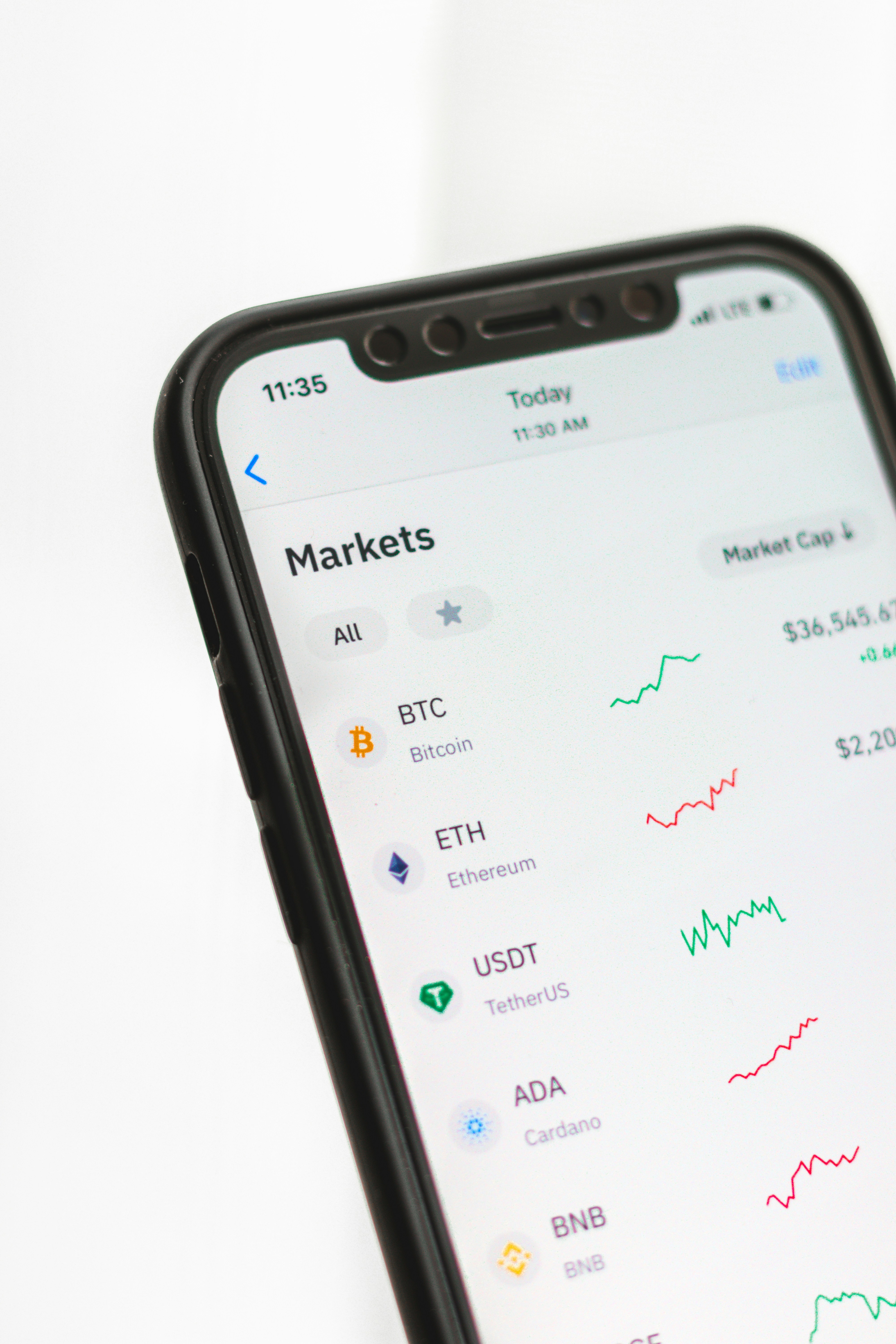📚 Table of Contents
Introduction
Are you torn between diving into the futuristic world of asset tokenization or building a scalable dropshipping business? Both career paths offer unique opportunities, but they cater to vastly different skill sets and risk appetites. Asset tokenization leverages blockchain technology to fractionalize ownership of high-value assets, while dropshipping is a low-barrier e-commerce model that eliminates inventory hassles. This article will dissect both options in detail, helping you decide which path aligns with your financial goals, expertise, and long-term vision.
Understanding Asset Tokenization
Asset tokenization is the process of converting physical or intangible assets into digital tokens on a blockchain. These tokens represent ownership or a stake in the underlying asset, which can range from real estate and fine art to intellectual property and commodities. By breaking down high-value assets into smaller, tradable units, tokenization democratizes investment opportunities that were once reserved for institutional players or high-net-worth individuals.
For example, a $10 million commercial property can be tokenized into 10,000 digital tokens, each representing a $1,000 share. Investors can buy and sell these tokens on secondary markets, providing liquidity to traditionally illiquid assets. The blockchain ensures transparency, immutability, and automated compliance through smart contracts.
Pros and Cons of Asset Tokenization
Pros:
- Liquidity: Tokenized assets can be traded 24/7 on global platforms, unlike traditional real estate or private equity.
- Accessibility: Lower investment minimums allow retail investors to diversify into premium assets.
- Transparency: Blockchain records all transactions, reducing fraud and middlemen.
- Automation: Smart contracts handle dividends, profit-sharing, and regulatory compliance.
Cons:
- Regulatory Uncertainty: Laws vary by jurisdiction, and some markets lack clear frameworks.
- Technical Barriers: Requires knowledge of blockchain, security protocols, and legal compliance.
- Market Volatility: Token prices may fluctuate based on crypto market trends.
- Adoption Hurdles: Traditional investors may hesitate to embrace tokenized assets.
Understanding Dropshipping
Dropshipping is an e-commerce model where the retailer doesn’t stock inventory. Instead, products are shipped directly from suppliers to customers. The retailer acts as a middleman, marketing products and handling customer service while outsourcing logistics. Popular platforms like Shopify, AliExpress, and Oberlo have made dropshipping accessible to entrepreneurs with minimal upfront costs.
For instance, a dropshipper might create an online store selling eco-friendly home goods. When a customer places an order, the supplier fulfills it, and the retailer pockets the profit margin. The model eliminates the need for warehousing, bulk purchases, or shipping infrastructure.
Pros and Cons of Dropshipping
Pros:
- Low Startup Costs: No need to invest in inventory or physical storefronts.
- Scalability: Easily test new products without financial risk.
- Flexibility: Operate from anywhere with an internet connection.
- Wide Product Range: Partner with multiple suppliers to offer diverse catalogs.
Cons:
- Thin Margins: Intense competition can erode profitability.
- Supplier Dependence: Poor supplier performance (e.g., shipping delays) harms your reputation.
- Customer Service Challenges: Handling returns and complaints without control over logistics.
- Marketing Costs: Heavy reliance on paid ads to drive traffic.
Comparison: Key Factors to Consider
1. Capital Requirements: Asset tokenization often demands higher initial capital for legal setup, smart contract development, and compliance. Dropshipping can launch with as little as $100 for a Shopify store and ads.
2. Skill Sets: Tokenization requires blockchain expertise, financial acumen, and regulatory knowledge. Dropshipping leans on marketing, SEO, and customer service skills.
3. Risk Profile: Tokenization involves regulatory and technological risks but offers high-reward potential. Dropshipping is lower risk but faces fierce competition and margin pressures.
4. Passive Income Potential: Tokenized assets can generate passive income via dividends or appreciation. Dropshipping requires ongoing marketing and operational effort.
Real-World Examples
Asset Tokenization: Platforms like RealT tokenize U.S. real estate, allowing global investors to earn rental income. A single property in Detroit might be divided into 1,000 tokens, each yielding monthly dividends.
Dropshipping: Brands like Gymshark started as dropshipping operations before scaling into manufacturing. Many Shopify stores generate six-figure revenues by niching down (e.g., pet accessories or vegan skincare).
Conclusion
Choosing between asset tokenization and dropshipping hinges on your resources, risk tolerance, and expertise. Tokenization suits those passionate about blockchain and high-value investments, while dropshipping appeals to hands-on marketers seeking quick entry into e-commerce. Both paths offer scalability, but their challenges and rewards differ vastly. Assess your goals carefully before committing.


Leave a Reply